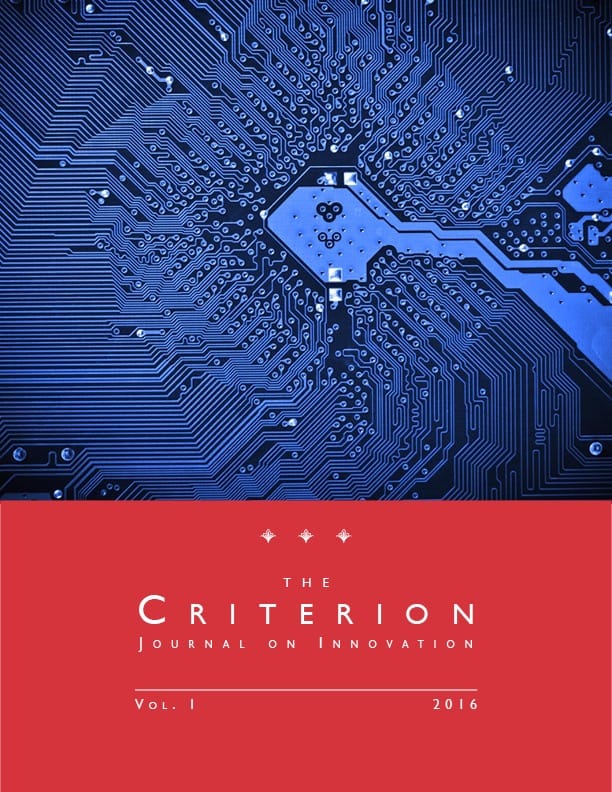Does the U.S. Economy Lack Competition?
Purchase a reprint version of the Article (Amazon) | Read the Article (PDF) | Download the Article (PDF) Download the Article (PDF)Does the United States have a monopoly problem? Several prominent voices have raised this concern. In two thought-provoking articles in March 2016, The Economist wrote that American firms’ profits are too high. It questioned why “steep earnings are not luring in new entrants” and worried that companies may be “abusing monopoly positions[] or using lobbying to stifle competition.” Among other steps, it called on the U.S. government to modernize its antitrust apparatus, loosen copyright and patent laws, and scrutinize technology platforms like Google and Facebook. In short, its prescription was that “America needs a giant dose of competition.”
To address this perceived problem, some critics have argued for a more interventionist approach to antitrust enforcement. In their view, the government should not merely prohibit anticompetitive behavior, but try to create more competition. They propose steps like weakening patent rights, opposing merger-driven consolidation even if anticompetitive effects are unclear, and potentially imposing mandatory-sharing duties on technology firms that have amassed more data than their rivals. The recurring theme of these critiques and proposals is that America must do more to promote competition. Collectively, these developments raise serious questions. Before coming to any sound conclusions, however, one must consider whether those claims of pervasive monopoly reflect accurate analysis of probative data. Next, even if the diagnosis of a monopoly problem is correct, do these commentators accurately identify the cause and, even more important, how would one cure it?
I conclude with four short points.
First, the fact that industry concentration and firm profits trend upward for a time does not show that competition is in decline. The causal chain between market structure and firms’ economic rents is complex and multidirectional. Due to statistical challenges, and the lack of benchmarks to gauge competition across industries, the better path is to scrutinize individual markets, identify anticompetitive conduct or unjustified government restrictions on competition, and work to remedy them.
Second, antitrust should remain a precision tool: a scalpel rather than a hammer. Recent calls for an antitrust solution to the “problem” of rising consolidation, independent of material horizontal overlap, are misplaced. That perspective harkens back to an era I thought wisely confined to the history books.
Third, although it is fashionable to pile on the patent system today, it is easy to discount the role that IP rights may play in driving an economy’s technological output. When one looks dispassionately at the empirical evidence, and recognizes the economic activity that relies on patent-related investments, there are good reasons to favor strong patent protection.
Finally, a loophole in today’s antitrust enforcement is government restrictions on entry. Well-crafted regulations inform and protect consumers, but too often they become overbearing and, sometimes, blatantly exclusionary. Governments and consumer-advocacy groups should take a hard look at occupational-licensing regulations and legislation that shields firms from competition. Those rules that inhibit market forces without an offsetting gain warrant particular scrutiny. Given today’s effective antitrust-enforcement policies and IP protections, we have more to gain by scrutinizing exclusionary laws.

Cite as
Maureen K. Ohlhausen, Does the U.S. Economy Lack Competition?, 1 Criterion J. on Innovation 47 (2016).
